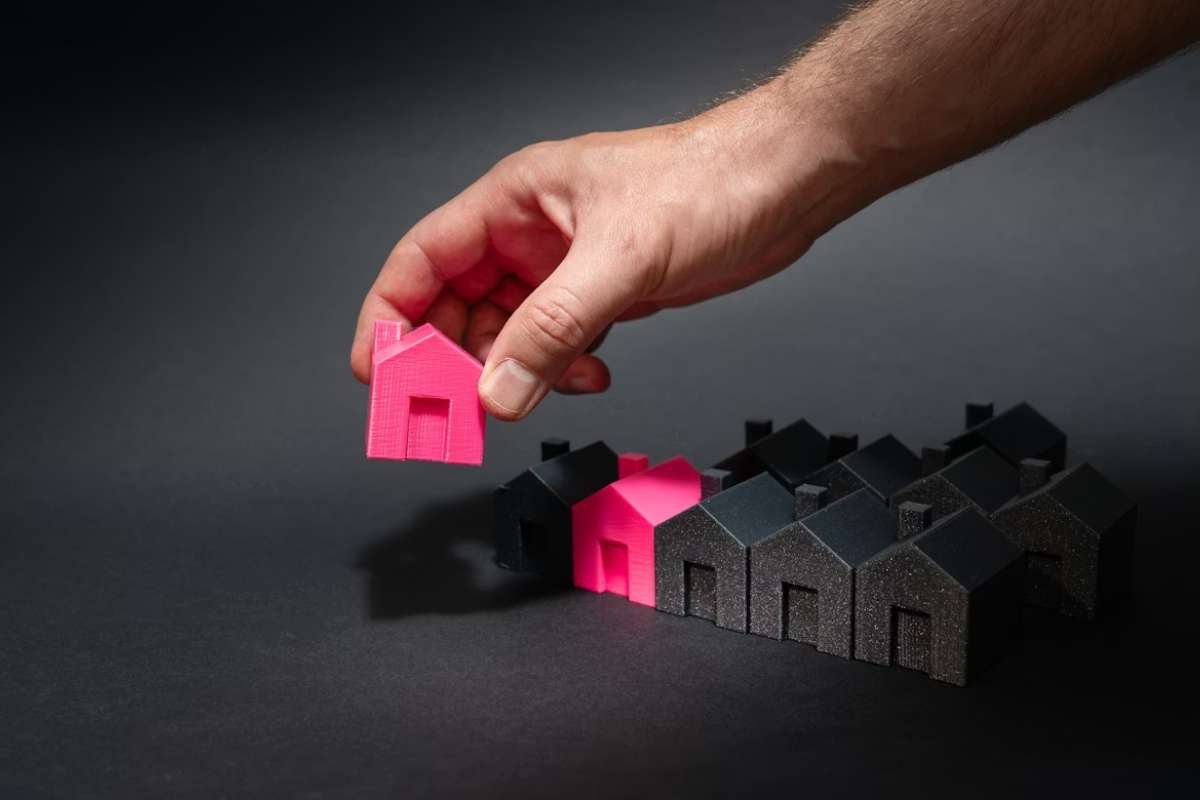hallway between glass-panel doorsAny organisation that wants to succeed must prioritise business design, which is more than looks and includes user experience and functionality. In addition to visually captivating clients, a well-designed company space or product improves their whole experience, promoting professionalism and trust. Businesses may stand out from the competition, develop their brands, draw in and keep consumers by prioritising design. Consideration must be given to several elements, including the target audience, layout, lighting, and materials, to achieve a harmonic balance between utility and beauty. Businesses may leave a lasting impression on guests and create a favourable atmosphere for business interactions by designing visually striking places that are functional and conducive to success.
The importance of business design

Effective business design plays a pivotal role in shaping the success of a business. It goes beyond mere aesthetics, encompassing functionality and user experience. A well-designed business space or product captivates customers visually and enhances their overall experience, fostering a sense of trust and professionalism. A harmonious blend of functionality and aesthetics creates an inviting atmosphere that can leave a lasting impression on clients, setting a positive tone for business interactions. One such aspect of design is commercial flooring, which, when chosen wisely, can significantly contribute to a business space’s overall appeal and functionality. By prioritising design, businesses can differentiate themselves from competitors, build brand recognition, and ultimately attract and retain customers in an increasingly competitive marketplace.
Factors to consider in commercial design
Various aspects must be carefully considered to combine utility and beauty in commercial design. The target audience must first be identified. Organisations may design correctly by knowing client preferences, requirements, and expectations. The structure and flow of the area should also be enhanced for efficiency and navigation. Consider how lighting, colour schemes, and materials affect the ambience and experience. By carefully considering these aspects, businesses may create a visually appealing and functional commercial environment.
Achieving functionality in business spaces

Creating functional business spaces requires careful consideration of various elements. Firstly, the layout should be optimised to facilitate smooth workflow and efficient operations. This involves strategically placing workstations, meeting rooms, and communal areas to promote collaboration and productivity. Adequate storage solutions and ergonomic furniture are essential to ensure comfort and organisation. Additionally, integrating technology seamlessly into the space, such as providing accessible power outlets and reliable Wi-Fi, enhances functionality and enables seamless connectivity. By prioritising these aspects, businesses can create spaces that are visually appealing, practical, and conducive to success.
Enhancing aesthetics in commercial design

Commercial business design involves aesthetic refinement. Colour, texture, and material selection should be done with attention to produce appealing rooms. Branding and visual identity may improve the customer experience. Art and decorations may add a refined and personal touch to the space. Lighting helps to set the tone and highlight key components. Businesses may create effective and memorable commercial settings by paying attention to this aesthetic.
Design is essential in business. Businesses can attract and retain customers while improving their experience by putting practicality and aesthetics first. Consideration of the target audience, layout optimisation, and attention to colour schemes, materials, and lighting all contribute to creating visually appealing and functional business environments. By investing in outstanding design, businesses may stand out, build brand recognition, and prosper in a competitive market.


















